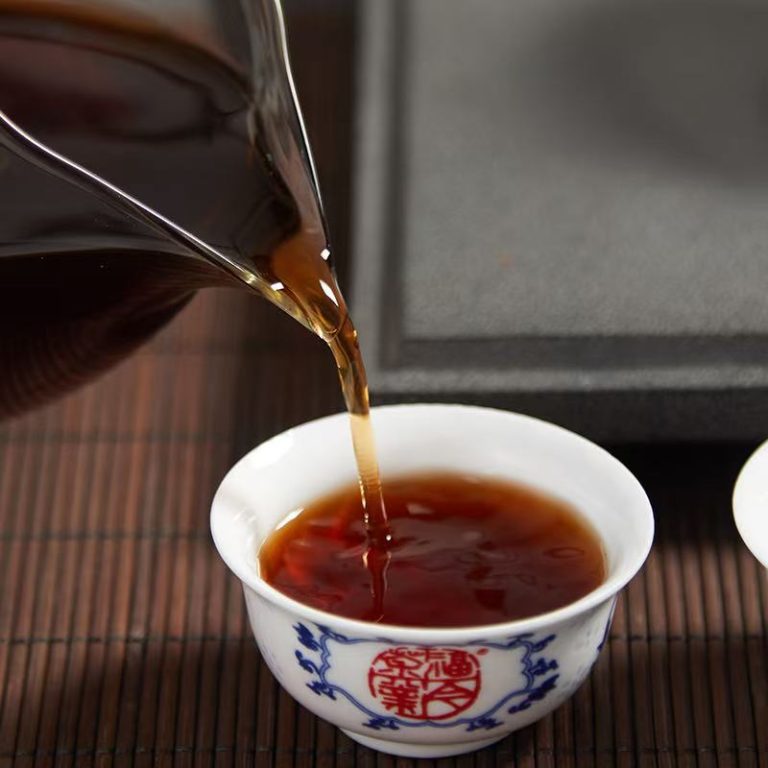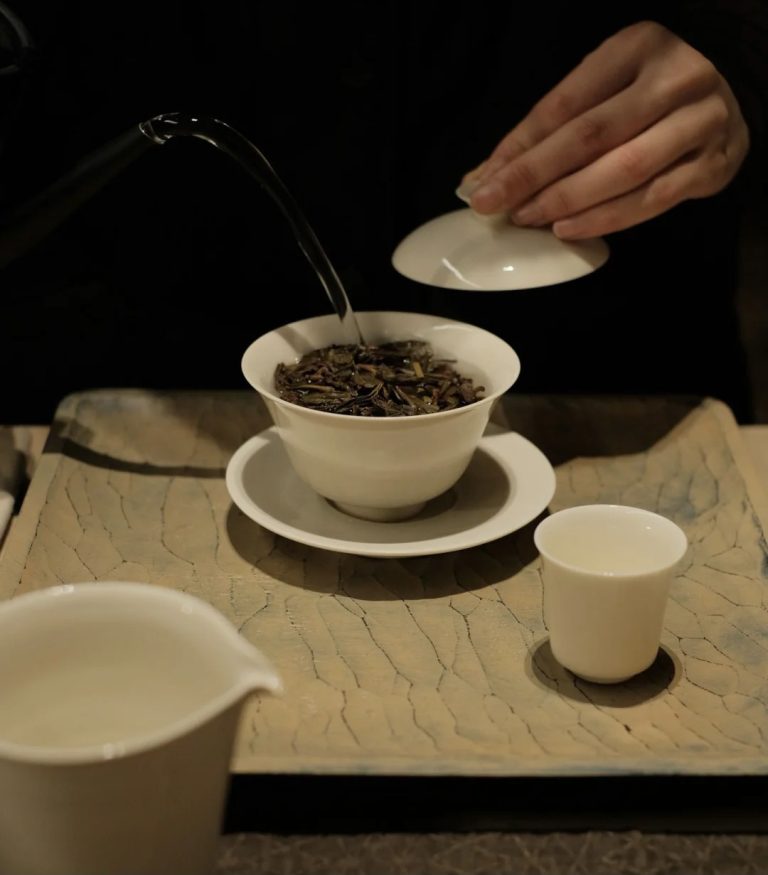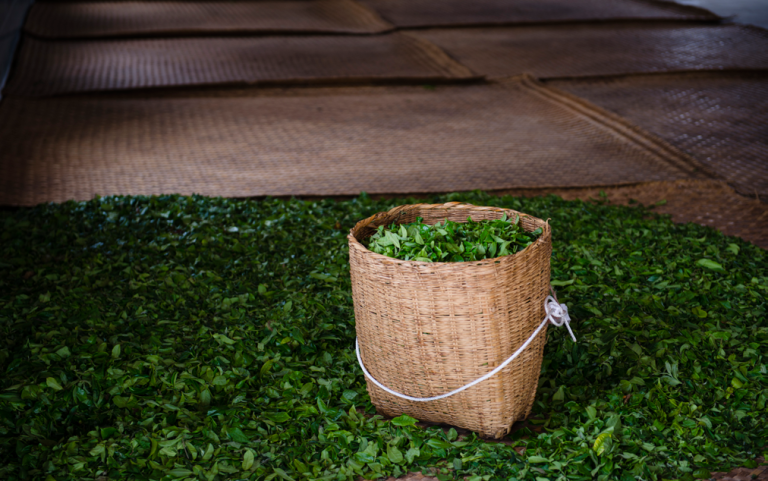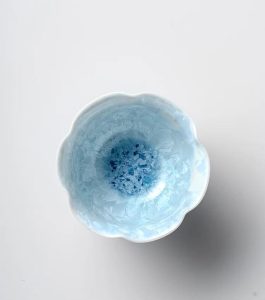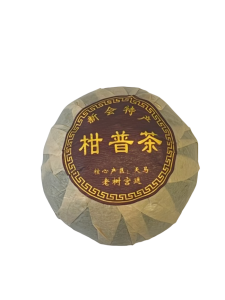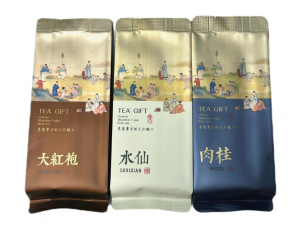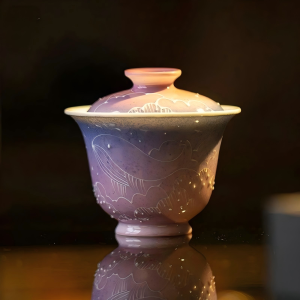
Pu Erh Tea’s unique production process is what sets it apart. This meticulous crafting is key to the tea’s distinctive character and its ability to evolve with age. Let’s uncover the steps that transform fresh leaves into a complex and cherished brew.
The Beginning: Harvesting and Withering
Our journey starts in the verdant mountains of Yunnan, where we hand-pick the tea leaves, kicking off the intricate production process.
Oxidation: The Key to Flavor
We expose the harvested leaves to air for oxidation, a pivotal step that initiates the chemical changes crucial to the tea’s flavor development.
Rolling and Shaping
Next, we roll the leaves to release their natural oils, beginning to shape them for the journey ahead.
Drying: Preserving the Essence
We then dry the rolled leaves to halt oxidation, preserving the tea’s current state and locking in the flavors that have begun to emerge.
The Magic of Fermentation
Fermentation is where pu erh tea truly distinguishes itself, allowing the tea to mature and deepen its flavors over time.
Sun-drying: Enhancing Aroma
We sun-dry the tea to further reduce moisture, a traditional method that enhances the tea’s natural aroma and taste.
Pressing and Shaping
After sun-drying, we press the leaves into various shapes such as cakes, bricks, or tuo cha, facilitating the aging process that is central to pu erh tea’s production.
Storage and Maturation
We store the pressed tea in dry, well-ventilated conditions, where it continues to mature. This aging process can span decades, with the tea’s flavor growing more complex as it ages.
The Two Types of Pu Erh Tea: Raw and Ripe
Grasp the nuances between the two types of Pu Erh Tea to fully appreciate the production process.
Raw Pu Erh (Sheng)(生普洱)
We make Raw Pu Erh by frying the leaves in pans to deactivate specific enzymes, followed by rolling and sun-drying. We then compress and age the leaves, rather than fermenting them, allowing the tea to develop its unique flavor profile over time.
Ripe Pu Erh (Shou)(熟普洱)
For Ripe Pu Erh, we force the oxidation process to speed up fermentation. This involves fermenting the loose raw tea with mold before compressing it into the final product, resulting in a smoother, more immediate taste compared to Raw Pu Erh.
The Role of Microorganisms
Microorganisms play a crucial role in pu erh tea’s fermentation, contributing to the tea’s unique flavor profile.
The Fermentation Environment
We control the environment in which pu erh tea ferments to ensure the right balance of microorganisms for optimal fermentation.
The Aging Effect
As we age pu erh tea, its microbial population evolves, contributing to the tea’s mellowing and flavor development.
Choosing Pu Erh Tea
Understanding the production process empowers us to choose the right pu erh tea that suits our palate.
Flavor Profiles
Different production methods yield distinct flavor profiles. Knowing the process helps us find the taste we prefer, whether it’s earthy or sweet.
Age and Maturity
The age and maturity of pu erh tea significantly influence its flavor. Older teas tend to have a smoother, more complex flavor.
Storage Conditions
We must store pu erh tea properly for continued maturation, with optimal humidity and temperature control to promote aging.
The production process of Pu Erh Tea is a blend of art and science. It’s a journey that transforms raw leaves into a beverage with a rich, evolving flavor. By understanding this process, we can make informed choices and appreciate the craftsmanship behind each cup of Pu Erh Tea.

